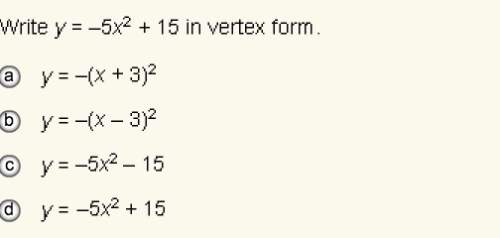
You are a scientist in a genetics lab studying yeast cells. Your group looks at protein translocation to the ER, and has identified two signal sequences of interest. Your job is to determine whether they use the same transport mechanism. You create a transgene for a fusion of sequence A and an essential protein (which is functional in the yeast cytoplasm, but not when it is in the ER). You also create a fusion protein that tags a cytosolic toxin with sequence B; this toxic protein is inert when it is localized in the ER. When you transform wild-type yeast with both transgenes simultaneously, the cells lyse and die. You screen your transgenes against a library of mutant yeast, and find strains that survive coexpression of both constructs. The mutant strains all have mutations that cause loss-of-function in a membrane translocation protein. You conclude that the mutated protein is probably... A. involved in the transport of proteins with a novel signal sequence (i. e. neither the first signal sequence nor the second one). B. involved in the general transport of proteins into the ER, regardless of the type of signal sequence. C. involved in the transport of proteins with the first signal sequence but not the second one. D. involved in the transport of proteins with the second signal sequence but not the first one.

Answers: 2
Another question on Biology

Biology, 21.06.2019 18:30
What role do traits play in affecting an organisms ability to reproduce? finches
Answers: 1

Biology, 21.06.2019 19:10
What are the types of mutations, and how does each alter the encoded protein? college level answer
Answers: 1

Biology, 22.06.2019 11:00
Has anyone taken the genetics unit test in connexus? not looking for answers, just a little bit what to expect and some with studying.
Answers: 1

Biology, 22.06.2019 11:30
What is the main difference between the central nervous system (cns) and the peripheral nervous system (pns)? .the cns involves the brain and spinal cord, and the pns involves the body nerves. the cns involves the body nerves, and the pns involves the brain and spinal cord. the cns involves sensory neurons, and the pns involves motor neurons. the cns involves motor neurons, and the pns involves sensory neurons.
Answers: 1
You know the right answer?
You are a scientist in a genetics lab studying yeast cells. Your group looks at protein translocatio...
Questions








Computers and Technology, 13.01.2021 15:50















